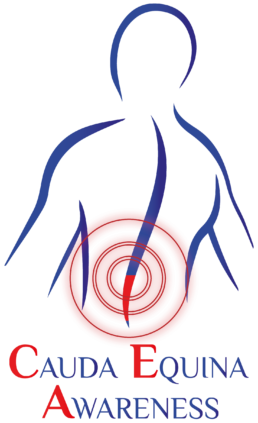Case Study C
C suffered Cauda Equina Syndrome due to a failure to arrange an MRI scan. C was not taken seriously at the hospital so arranged a private MRI scan but by then the window of opportunity for corrective surgery was lost.
Background
C had a long history of short episodes of back pain. After 4 weeks of lower back pain and 4 days of sciatica, C went to see his physiotherapist. With no improvement, he also consulted his GP who gave C painkillers.
C’s condition did not improve over the next 4 months, with C requiring stronger painkillers. By now, C was struggling to walk or stand and his sleep was affected.
C’s physiotherapist suspected nerve involvement and referred C for an MRI scan. A few days later C felt a change in his symptoms. There was reduced sensation when wiping his bottom and reduced sensation when urinating. His bottom was numb and he had shooting pain down his right leg to the sole of his foot. His pain intensified but no MRI scan was performed. Cauda Equina Syndrome was dismissed as a potential diagnosis by the treating doctors.
3 days later C arranged a private MRI scan himself, due to his concern about his deteriorating condition. This revealed a prolapsed disc and an urgent referral to the orthopaedics department was made. Despite this referral, access to the orthopaedics department of the hospital was refused and C was forced to go through the A and E department. Ironically a medical student flagged up a suspicion of Cauda Equina Syndrome but this was dismissed by the senior clinician.
By now, C was unable to pass urine, had bowel incontinence, numbness between both legs and there was increased pain in both legs and back. Finally, the seriousness of the situation was appreciated and emergency discectomy surgery was carried out at the L5/S1 level of his spine.
Outcome
C was left with major bowel and bladder problems. C has to manually evacuate his bowel and has incontinence of urine. C has sexual dysfunction, neuropathic pain, increased back pain, reduced walking ability and neurological damage to his right foot and leg. C has a young family but is unable to work following his injury.
C pursued a case in negligence for the failure to perform an MRI scan when he had presented with “red flag” symptoms. The Defendant Trust admitted that there was a delay in diagnosis of Cauda Equina Syndrome and this was responsible for some of the ongoing problems. The case settled for a six figure sum.
